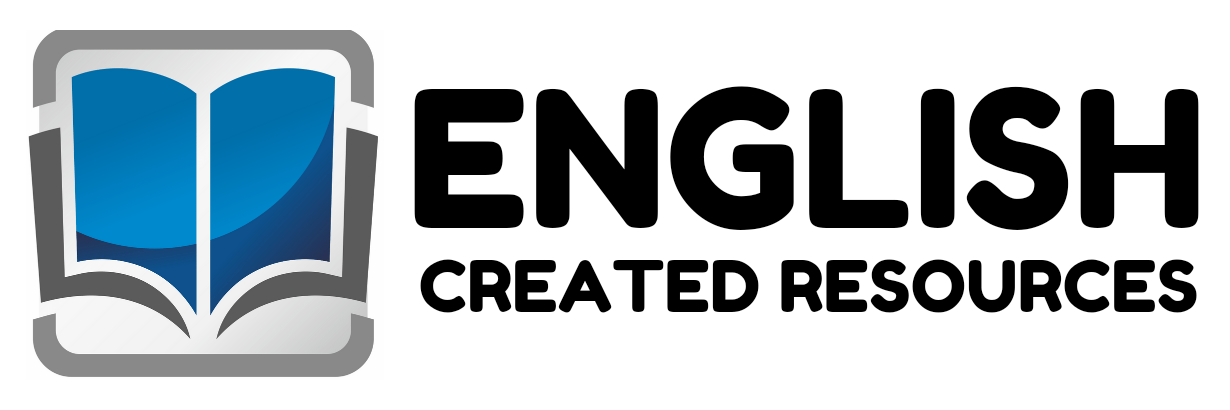Easter Eggs Trace and Color

Easter Eggs Trace and Color
Easter is a joyful celebration that brings families together through traditions, fun activities, and creativity. For preschool-aged children, Easter provides a wonderful opportunity to explore their artistic talents, build fine motor skills, and develop cognitive abilities through themed activities like tracing and coloring Easter eggs. While these activities may seem simple, they hold great developmental value for young learners and play a significant role in their early education.
Enhancing Fine Motor Skills
Tracing and coloring Easter eggs help strengthen the small muscles in a child’s hands, fingers, and wrists. These fine motor skills are essential for tasks such as writing, buttoning clothes, using scissors, and tying shoelaces. When preschoolers trace the curved lines of an Easter egg or carefully color within its shape, they practice hand control, grip strength, and precision. These skills lay the groundwork for more advanced activities and promote independence in daily tasks.
Improving Hand-Eye Coordination
Tracing and coloring also improve hand-eye coordination, which is crucial for a child’s physical development. As children follow the outline of an Easter egg or choose colors to fill in different sections, their eyes guide their hands to perform specific movements. This coordination is important not only for academic tasks like writing and drawing but also for sports, playing musical instruments, and everyday activities such as eating with utensils or brushing teeth.
Boosting Creativity and Imagination
Coloring Easter eggs allows children to express their creativity and imagination. Whether they use traditional pastel shades or bold, unexpected colors, children learn that art can be personal and unique. Decorating Easter eggs with various patterns, such as zigzags, dots, and swirls, also introduces them to basic design concepts. These experiences build confidence and encourage self-expression, which are important for emotional and social development.
Encouraging Focus and Patience
Young children often have short attention spans, but engaging activities like Easter egg tracing and coloring can help them learn how to focus and be patient. Completing a detailed coloring sheet requires time and concentration. When children spend time carefully tracing lines or choosing the right colors, they practice perseverance and attention to detail—skills that are vital for school readiness and lifelong learning.
Introducing Early Literacy and Math Concepts
Easter egg tracing and coloring activities can also incorporate early literacy and math learning. Tracing shapes helps children recognize lines, curves, and patterns, which are foundational for learning letters and numbers. Counting the number of eggs on a page, identifying colors, and discussing shapes all reinforce basic math concepts. Teachers and parents can add letters, numbers, or simple words to the eggs for children to trace, making these activities even more educational.
Promoting Seasonal and Cultural Awareness
Easter-themed activities help children understand seasonal changes and cultural traditions. Through coloring pages and crafts, preschoolers learn about the symbols of Easter, such as eggs, bunnies, chicks, and flowers. Teachers and caregivers can use these moments to share stories about Easter customs, the arrival of spring, and themes of renewal and joy. These conversations enrich a child’s knowledge of the world and build a sense of belonging and cultural appreciation.
Creating Opportunities for Social Interaction
Tracing and coloring Easter eggs can be both individual and group activities. In a classroom setting, children often sit together at a table to color or trace, which encourages sharing, turn-taking, and social interaction. They learn to express their thoughts, compliment each other’s artwork, and work cooperatively. These social skills are essential for building friendships and functioning well in group environments.
Building a Sense of Accomplishment
Finally, finishing an Easter egg tracing or coloring page gives children a sense of pride and accomplishment. Displaying their artwork on a classroom wall or at home reinforces their effort and creativity. This recognition boosts self-esteem and motivates children to take on new challenges with enthusiasm.
Get More Easter Activities Here
Easter egg tracing and coloring are more than just fun holiday activities for preschool kids—they are powerful tools for early childhood development. These activities support physical, cognitive, emotional, and social growth in a playful and engaging way. By incorporating Easter-themed art into the preschool curriculum, parents and educators provide children with meaningful learning experiences that celebrate creativity, enhance school readiness, and create joyful memories that last a lifetime.
Samples From the Activities












